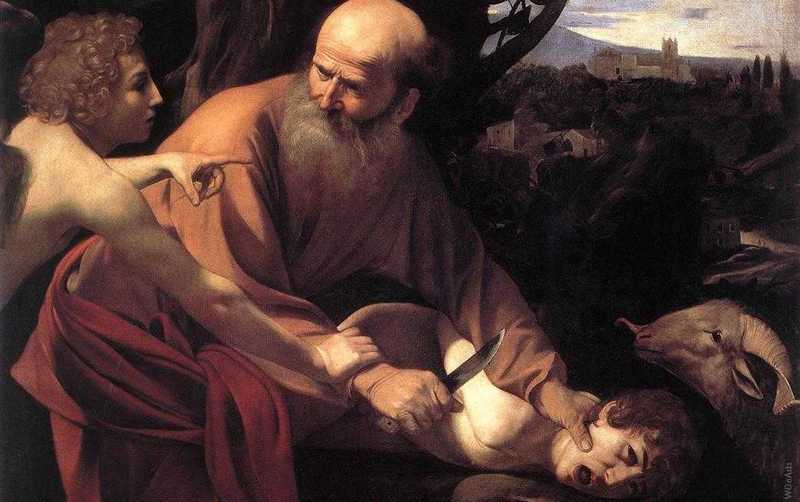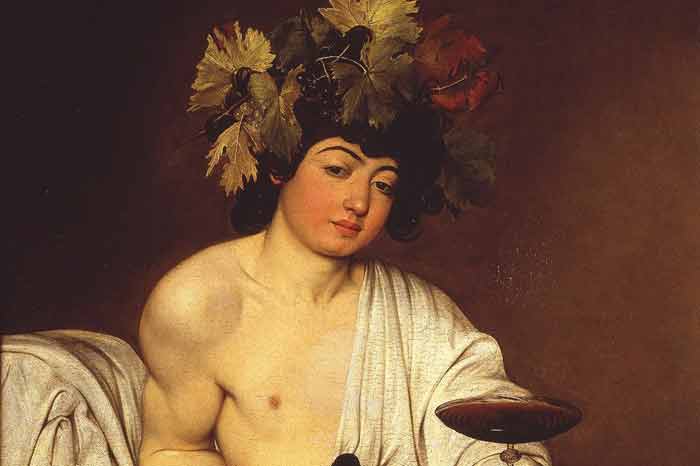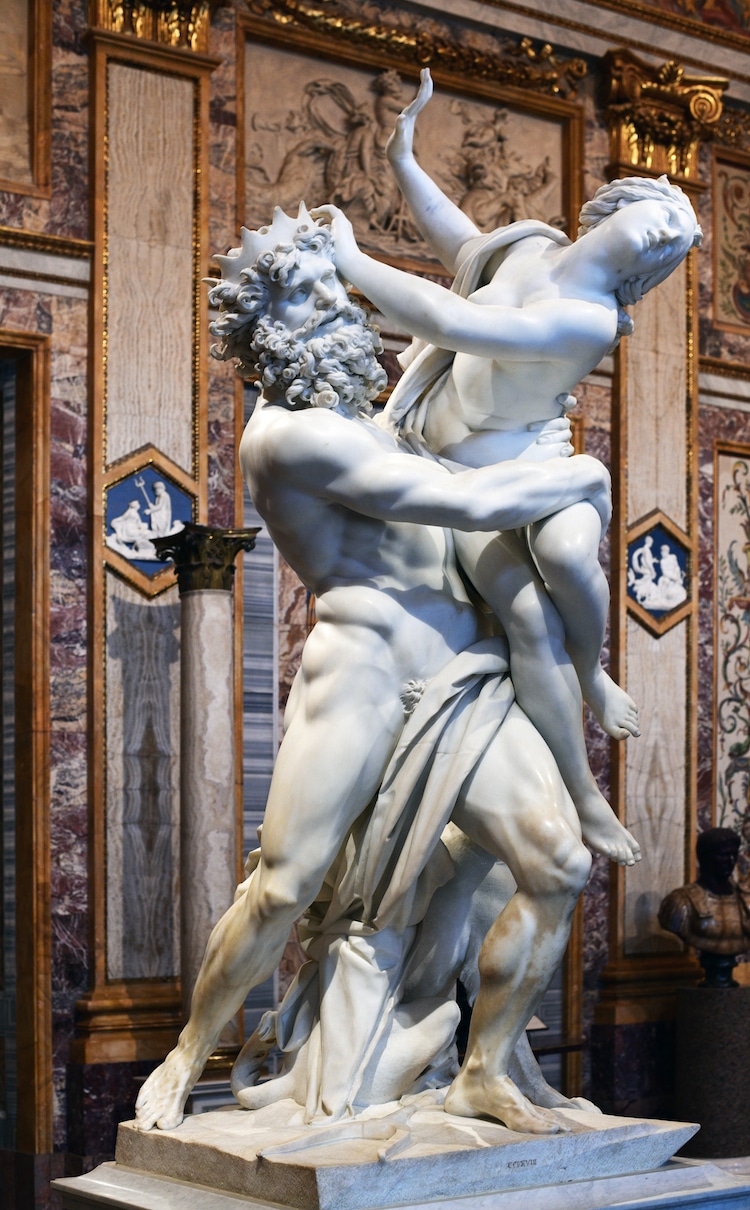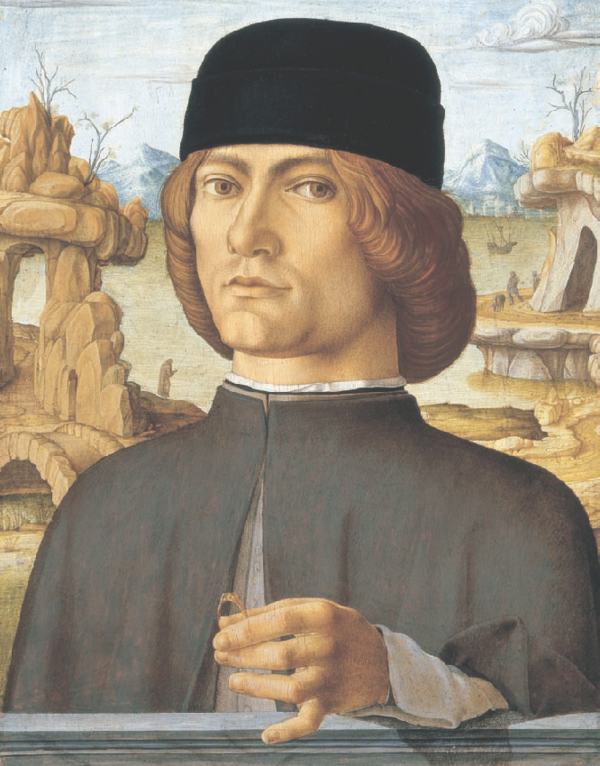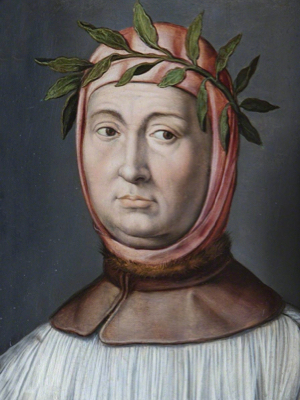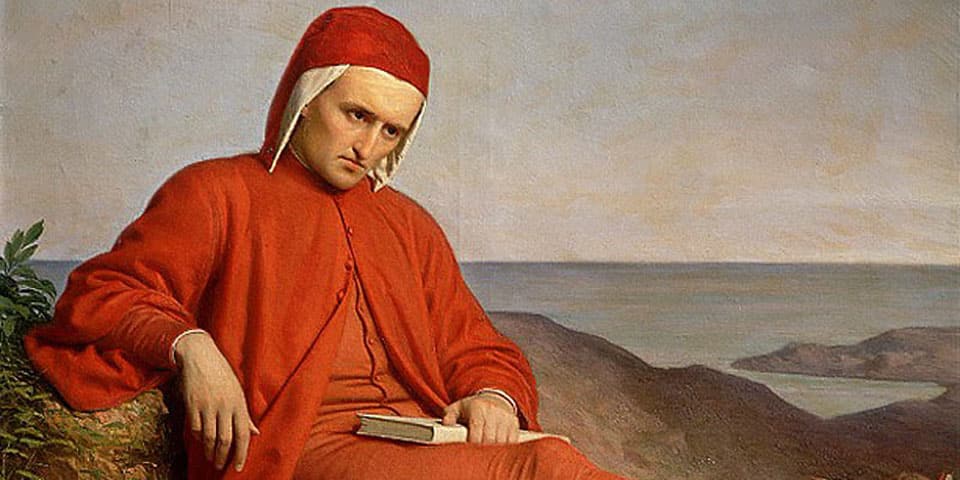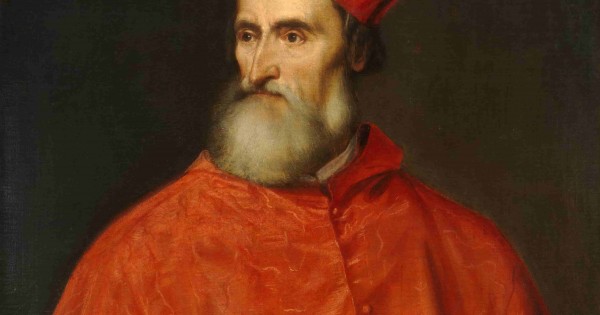Caravaggio
A revolutionary artist
Caravaggio is considered a revolutionary artist, partly because of his dramatic use of light and shadow. He painted religious and mythological scenes in the naturalistic style of the late Renaissance.
Originally from Italy
Caravaggio was born in Milan, where his father, Fermo Merisi, was a household administrator and architect-decorator to the Marchese of Caravaggio. In 1576 the family moved to Caravaggio to escape a plague that ravaged Milan, and Caravaggio's father and grandfather both died there on the same day in 1577. It is assumed that the artist grew up in Caravaggio. Still, his family kept up connections with the Sforzas and with other powerful families in Milan, and he eventually returned to the city for good at the end of 1592 or the beginning of 1593.
The rigid temper of Caravaggio
Caravaggio was a violent man with a hair-trigger temper who often got into brawls and street fights in his younger years. He had been arrested several times before he became an artist. While the exact details remain murky, the most likely explanation is that in 1595 Caravaggio killed a young man named Ranuccio Tomassoni following an argument over a game of tennis. Although he was initially acquitted as acting in self-defense, evidence later emerged implicating him in the murder, and he fled to Rome.
Light-dark contrast in art
The art of Caravaggio is characterized by the use of chiaroscuro and tenebrism, two stylistic elements which were revolutionary at the time. Chiaroscuro refers to the contrast of light and dark. In contrast, tenebrism refers to the dramatic, sudden illumination of part of a painting, usually in order to focus attention on a particular detail. Caravaggio's innovative approach to art revolutionized European painting and influenced painters from Rembrandt to Rubens.
